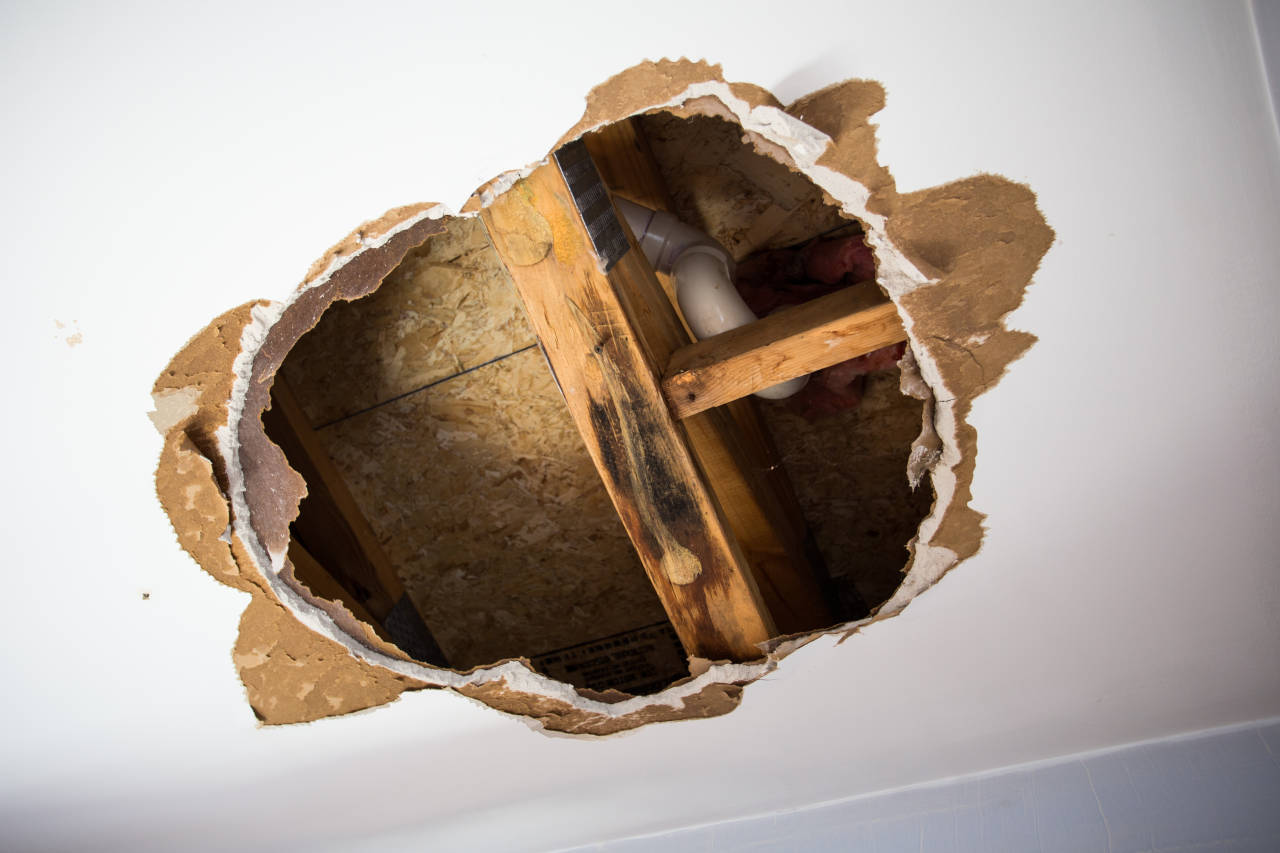Step-by-Step Approaches to Getting Flawless Drywall Repair and Setup
Attaining remarkable drywall repair and installment needs an organized technique. It entails recognizing the different sorts of drywall and the tools needed for the job. Appropriate area preparation is important before beginning any kind of job. drywall contractor. Each step, from patching holes to mounting new sheets, demands attention to information. The process doesn't finish with installment; ending up techniques are vital for a sleek appearance. The following actions will assure a smooth outcome, yet what exactly do they entail?
Understanding Drywall Types and Tools Needed

The installment devices are equally vital. An utility knife is important for reducing drywall sheets, while a drywall saw can help in making exact cuts for components or outlets. T-squares ensure accurate dimensions, and drywall screws or nails safeguard the panels to wall surface studs. Furthermore, a drywall lift can help with the setup of big sheets, decreasing physical stress. Experience with these devices and kinds significantly adds to the effectiveness and high quality of drywall tasks.
Preparing the Location for Repair or Setup
Preparing the location for drywall fixing or installment is important to ensure a efficient and smooth process. First, the surrounding space ought to be cleared of furniture and various other barriers to give sufficient working room. This not only assures safety and security but additionally protects against damage to belongings. Next off, it is crucial to cover the flooring with decrease cloths to capture any kind of particles or dust generated throughout the job.
In addition, the walls ought to be examined for any loosened paint or wallpaper that might interfere with adhesion. Getting rid of these components produces a clean surface area for the new drywall. Prior to start, it is a good idea to turn off power to electric outlets or fixtures around. Ensuring ample illumination in the work area will additionally improve presence and focus throughout the repair service or installation procedure. drywall contractors. By thoroughly preparing the location, one prepares for an effective drywall project
Step-by-Step Refine for Patching Holes

Covering openings in drywall requires a methodical technique to assure a smooth repair work. The very first step includes examining the dimension of the hole. For little holes, a patching compound may be enough, while larger holes necessitate a spot. Next off, the broken location must be cleaned up and prepared by eliminating any type of loose debris.
For tiny openings, using spackling substance with a putty blade is suggested, smoothing it over the opening and feathering the sides. As soon as completely dry, fining sand the area guarantees a smooth finish. For larger openings, a drywall spot need to be reduced to dimension, positioned over the hole, and safeguarded with screws. After mounting the spot, the exact same spackling process is repeated, followed by fining sand.
Lastly, the patched area should be keyed and repainted to match the bordering wall. This thorough procedure guarantees an expert appearance and click extends the life-span of the repair work.
Installing New Drywall Sheets: A Comprehensive Overview
Mounting brand-new drywall sheets calls for careful planning and implementation to ensure a tough and visually attractive coating. First, the area needs to be measured properly to determine the number of sheets needed. It is essential to choose the appropriate thickness, usually 1/2-inch for indoor wall surfaces and 5/8-inch for ceilings or fire-rated applications.
Next off, the studs or framework ought to be evaluated for any type of abnormalities, making sure they are lined up and effectively spaced. When placing the drywall sheets, they must be positioned horizontally to reduce seams and enhance architectural honesty. A drywall lift can be advantageous for above setups.
Securing the sheets with drywall screws at ideal periods ensures a secure installation. It is very important to countersink the screws somewhat below the surface area to plan for the finishing process. Following these guidelines will cause a strong structure, ready for the next steps in drywall finishing.
Completing Touches: Insulation, Mudding, and Fining Sand Strategies
Once the drywall sheets are safely fastened, the focus shifts to the finishing touches that will offer a refined appearance. This process begins with taping, utilizing either paper or fiberglass mesh tape to cover the joints between sheets. The tape guarantees a smooth shift, decreasing the risk of breaking. Following taping, mudding is vital; a joint compound is used over the tape to fill spaces and develop a smooth surface area. Normally, several coats are required, each one feathered out further than the previous to decrease visibility.
After enough drying time, fining sand is the last action in attaining a perfect finish. A fine-grit sandpaper is used to smooth the dried out compound, assuring there are no imperfections or bumps. Focus to detail throughout this phase is substantial, as it considerably go to my site impacts the total appearance of pop over to this site the wall surface. The end result should be an also, professional-looking surface all set for priming and painting.
Regularly Asked Concerns
How Do I Pick the Right Drywall Thickness for My Project?
To pick the best drywall thickness, consider the task's function, location, and architectural requirements. Criterion thicknesses include 1/2-inch for basic use and 5/8-inch for fire-rated applications, making certain toughness and compliance with building regulations.

Can I Install Drywall Over Existing Drywall?
Yes, setting up drywall over existing drywall is feasible. However, it is crucial to assure the underlying surface area is safe and cost-free from damages. Appropriate fastening and consideration of density are important for a successful installment.
What Are the very best Practices for Drywall Disposal?
The finest practices for drywall disposal include reusing when possible, utilizing local waste management services, and following guidelines for harmful materials if applicable. Interior Painting. Effectively identifying and securing waste guarantees conformity and safety and security throughout disposal
For how long Should I Wait On Mud to Dry Before Fining sand?
Commonly, one need to wait 24-hour for drywall mud to completely dry before fining sand. Nevertheless, drying out time can vary based upon humidity and temperature level, so checking for a company texture is a good idea before continuing.
Exist Eco-Friendly Drywall Options Available?
Yes, eco-friendly drywall options are available. These alternatives typically make use of recycled materials, low-VOC adhesives, and lasting production techniques, minimizing environmental impact while offering reliable insulation and toughness for various building and construction and restoration jobs.
An energy blade is important for cutting drywall sheets, while a drywall saw can aid in making accurate cuts for components or outlets. Preparing the location for drywall repair or setup is crucial to assure a smooth and efficient procedure. Patching openings in drywall requires a methodical approach to ensure a smooth repair. Setting up brand-new drywall sheets requires cautious planning and implementation to assure a visually appealing and sturdy finish. Yes, installing drywall over existing drywall is possible.